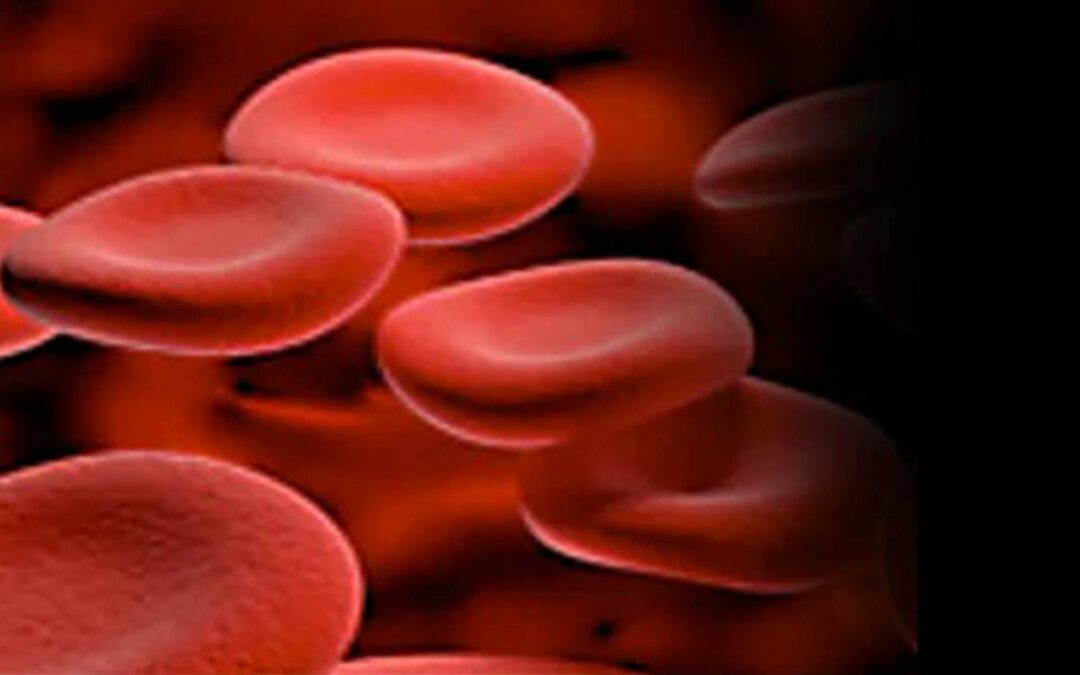Imagine a tree that will meet all your nutritional and medicinal needs and even help to ensure potable water in your home. This tree actually exists. For centuries, natives of Asia and Africa have known the many benefits of Moringa oleifera. Its uses are as diverse as the names it is known by, such as clarifier tree, horseradish tree and drumstick tree (referring to its large drumstick shaped pods).
In developing tropical countries, Moringa trees have been used to combat malnutrition, especially among infants and nursing mothers. The immature pods are extremely nutritious, containing all the essential amino acids along with many vitamins and other nutrients. The immature pod can be eaten raw or prepared like green peas or green beans, while the mature pods are usually fried and possess a peanut-like flavour.
The pods also yield between 38 and 40 per cent of non-drying, edible oil known as Ben Oil. This oil is clear, sweet and odourless, and never becomes rancid. Overall, its nutritional value most closely resembles olive oil.
Now, researchers in a new study, which investigated the potentials of the seed, flower and leaf of Moringa oleifera, have suggested this multipurpose plant could play a role in the management of Sickle cell disease, if incorporated into their diet.
In the study, the researchers tested the effects of extracts made from Moringa oleifera seeds, flower and leaf extract on red blood cells and found they were able to reverse a red blood cell that had sickle
back to its normal shape.
The study found that the extracts (namely methanol, ethanol, butanol, chloroform, and ethyl acetate) of the seed and flower demonstrated a higher antisickling activity in comparison to the leaf extract. But the seeds’ aqueous extracts exhibited a higher percentage reversal of sickling of all the tested parts of the plant. However, sickling reversal was more pronounced at the highest tested concentration (20 mg/ml).
Although the antisickling activities of all the tested extracts/fractions compared favourably with that exhibited by PHBA, the exhibited antisickling activities were found to be concentration dependent.
The 2012 study, which was documented in the Journal of Pharmaceutical and Bioallied Sciences, was carried out by Olufunmilayo E. Adejumo, Adelodun L. Kolapo, and Akintomiwa O. Folarin. It was titled: “Moringa oleifera Lam. (Moringaceae) grown in Nigeria: In vitro antisickling activity on deoxygenated erythrocyte cells.”
The study was a follow up to another which corroborated the effectiveness of Moringa oleifera in the treatment of rheumatic and articulary pain, a common practice in African folk medicine.
The researchers wrote: “These findings suggest that Moringa oleifera may play a role in the management of SCD, by incorporation of its fractions into recipes. More extensive biological evaluations and further studies will be necessary for the chemical characterisation of the antisickling principles.
The researchers suggested that the antisickling properties of Moringa oleifera could possibly be due to its innate antioxidants and phytochemicals, adding that the contribution of phytochemicals to the antisickling activity of any medicinal plant used in the management of SCD is not in doubt. For instance, zanthoxylol which was isolated from Fagara zanthoxyloides have been suggested to be responsible for the antisickling activity of this plant.
According to them, Moringa oleifera has been reported to contain a rich store of elements like zinc, which possesses antisickling activity, as well as organic acids. Drumstick leaves are also rich sources of flavonols and Phenolic acids which could be responsible for the exhibited antisickling activities.
In addition, they reported that because Moringa oleifera exhibited antiurolithiatic properties, this property may also advance
its use in SCD patients, particularly to enhance kidney function.
However, they stated that considering their finding that both butanol and ethylacetate fractions of MO leaf could cause destruction (lysis) of red blood cells depending on the concentration used, is an important factor that must be taken into consideration in the inclusion of MO leaf in the recipes for SCD treatment.
According to them, the mode of preparation of MO in traditional recipes, as stipulated by herb sellers, was by decoction with clean water.
They explained that the observed significantly higher antisickling activity of aqueous extract in this study, supports the herb sellers stipulated method of preparation.
Sickle cell disease (SCD) is caused by a genetic abnormality in the gene for haemoglobin, which results in the production of sickle haemoglobin. When oxygen is released from sickle haemoglobin, it sticks together and forms long rods, which damage and change the shape of the red blood cell. The sickle red blood cells cause the symptoms of sickle cell disease.
Sickle cell disease has become a challenge in the African continent with about 89 per cent of global sufferers of SCD. About 25 per cent of the SCD patients in the world are in Nigeria.
Children are born with sickle cell disease; it is not contagious. Symptoms of sickle cell crisis include: severe pain, anaemia, chest pain and difficulty breathing, joint pain, chest pain and difficulty breathing.
The Moringa tree has great use medicinally both as preventive and treatment. Much of the evidence is anecdotal as there has been little actual scientific research done to support these claims. It range of medicinal uses include prevention and treatment of cancer, protection against ulcer as well as in the lowering of blood pressure Its healing ability and antibiotic properties have been demonstrated . Additionally, the root bark has been used as an analgesic, worm expeller and treatment for heart complaints, as well as for eye diseases, inflammation and dyspepsia.

